Fescue vs. Kentucky Bluegrass
PW25
11 years ago
Featured Answer
Sort by:Oldest
Comments (8)
goren
11 years agolast modified: 9 years agoRelated Professionals
Otsego Landscape Architects & Landscape Designers · Wixom Landscape Architects & Landscape Designers · Choctaw Landscape Contractors · Conroe Landscape Contractors · Fair Oaks Landscape Contractors · Farmington Landscape Contractors · Holland Landscape Contractors · Lexington Landscape Contractors · Roseville Landscape Contractors · South Portland Landscape Contractors · Spring Landscape Contractors · Waipahu Landscape Contractors · York Landscape Contractors · Four Corners Landscape Contractors · Glenn Heights Swimming Pool Buildersgrass1950
11 years agolast modified: 9 years agoPW25
11 years agolast modified: 9 years agoPW25
11 years agolast modified: 9 years agotiemco
11 years agolast modified: 9 years agoPW25
11 years agolast modified: 9 years agoBert9999 J
6 years ago
Related Stories
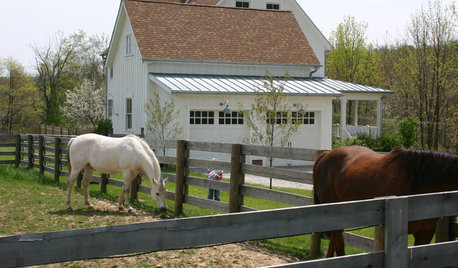
DECORATING GUIDESGroom Your Rooms With Kentucky Derby Decor
It's time to run for the roses! Celebrate the Kentucky Derby at home with decorative touches that evoke the Bluegrass State
Full Story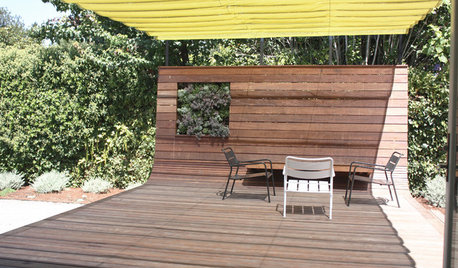
DECKSA Family-Friendly California Yard Wises Up About Water
Pavers and unthirsty plants replace Kentucky bluegrass in a Menlo Park landscape for a family of 4
Full Story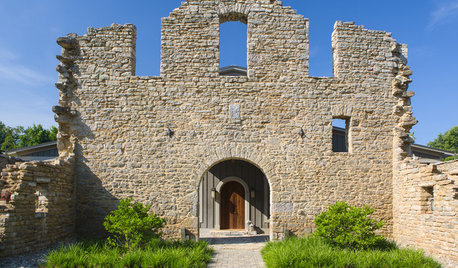
HOUZZ TOURSHouzz Tour: Taking on the Ruins of an 1800s Bourbon Distillery
Crumbling stone walls and wood from former tobacco barns creates a stunning new home amid rolling Kentucky farmland
Full Story
GARDENING AND LANDSCAPINGLay of the Landscape: Mediterranean Garden Style
Earthy, lush and warmly welcoming, a Mediterranean garden can thrive in any warm-climate landscape with a few adaptations
Full Story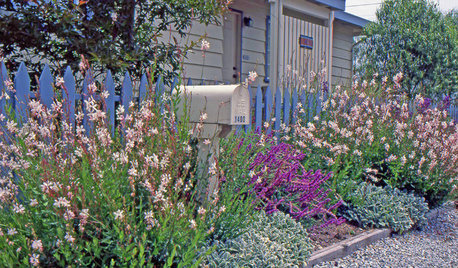
LANDSCAPE DESIGNLay of the Landscape: Coastal Garden Style
Seaside gardens can be the ultimate in soothing landscapes if you know how to work with the elements and choose the right plants
Full Story
HOUZZ TOURSMy Houzz: A Condo of Delightful Curiosities in Louisville
Gorgeous vintage finds and eclectic repurposed pieces shine in this dream renovated retirement home
Full Story
GARDENING GUIDES5 Great Grasses for a New Lawn
Learn about maintenance, wear tolerance, ideal climate and more for these top turf choices to pick the right one for you
Full Story
SAVING WATERXeriscape Gardens: How to Get a Beautiful Landscape With Less Water
Conserve water and make gardening much easier with the xeriscape approach’s 7 principles
Full Story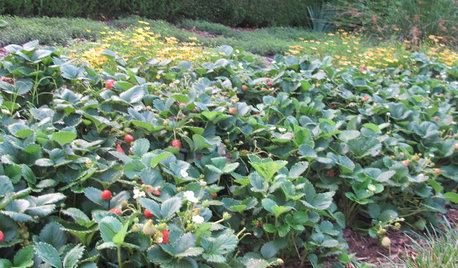
REGIONAL GARDEN GUIDESSoutheast Gardener's September Checklist
Fertilize strawberries, plant a tree or two and beckon hummingbirds to your Southern garden this month
Full Story
GARDENING GUIDESHow to Plant a New Lawn From Seed
Choose from more grass varieties and save money over sod by starting your lawn from seed
Full Story



tiemco